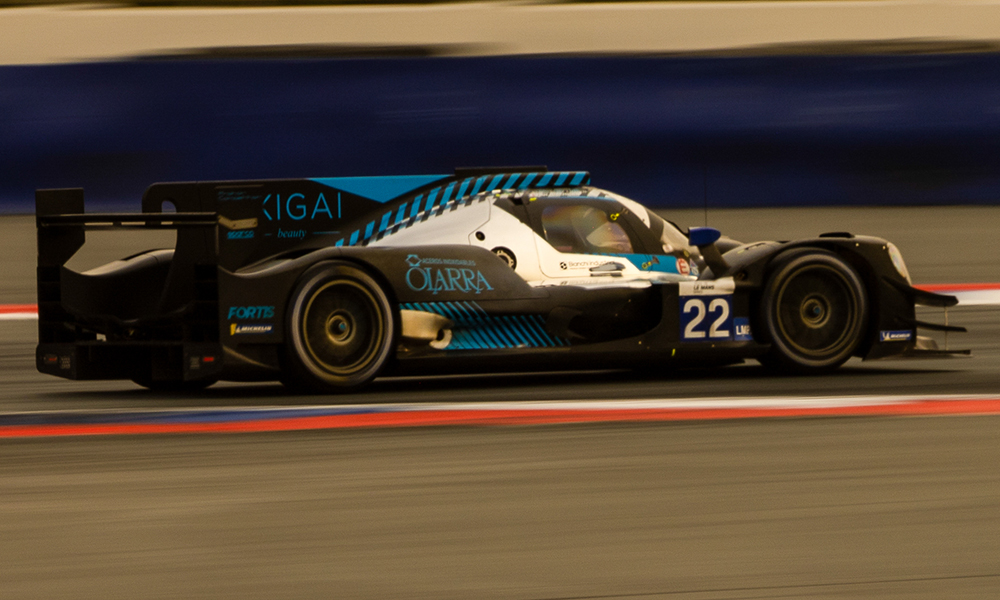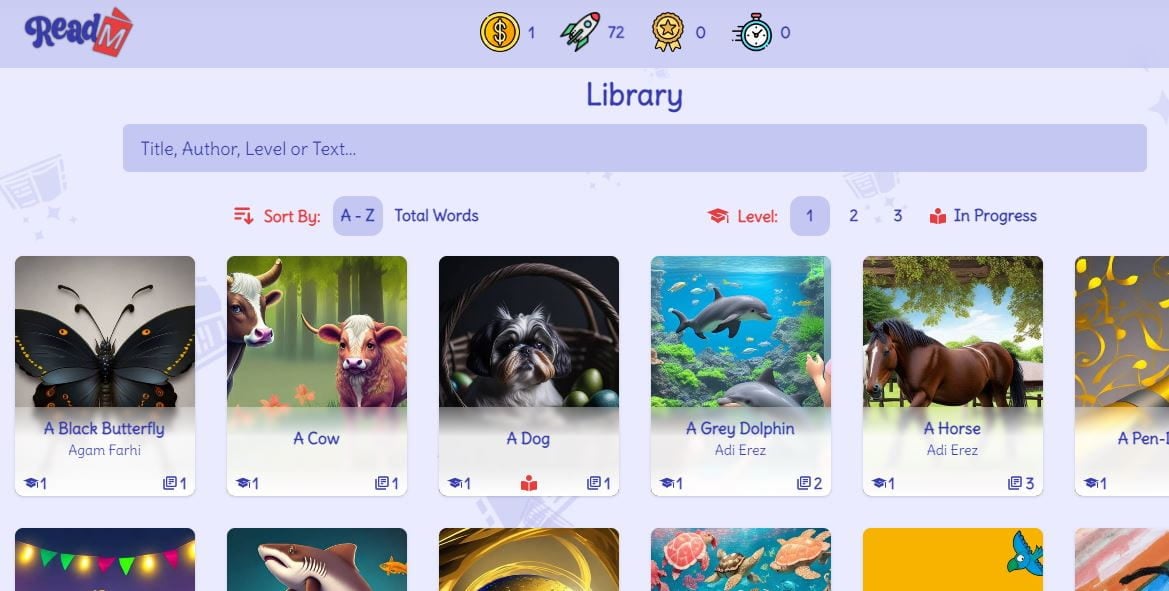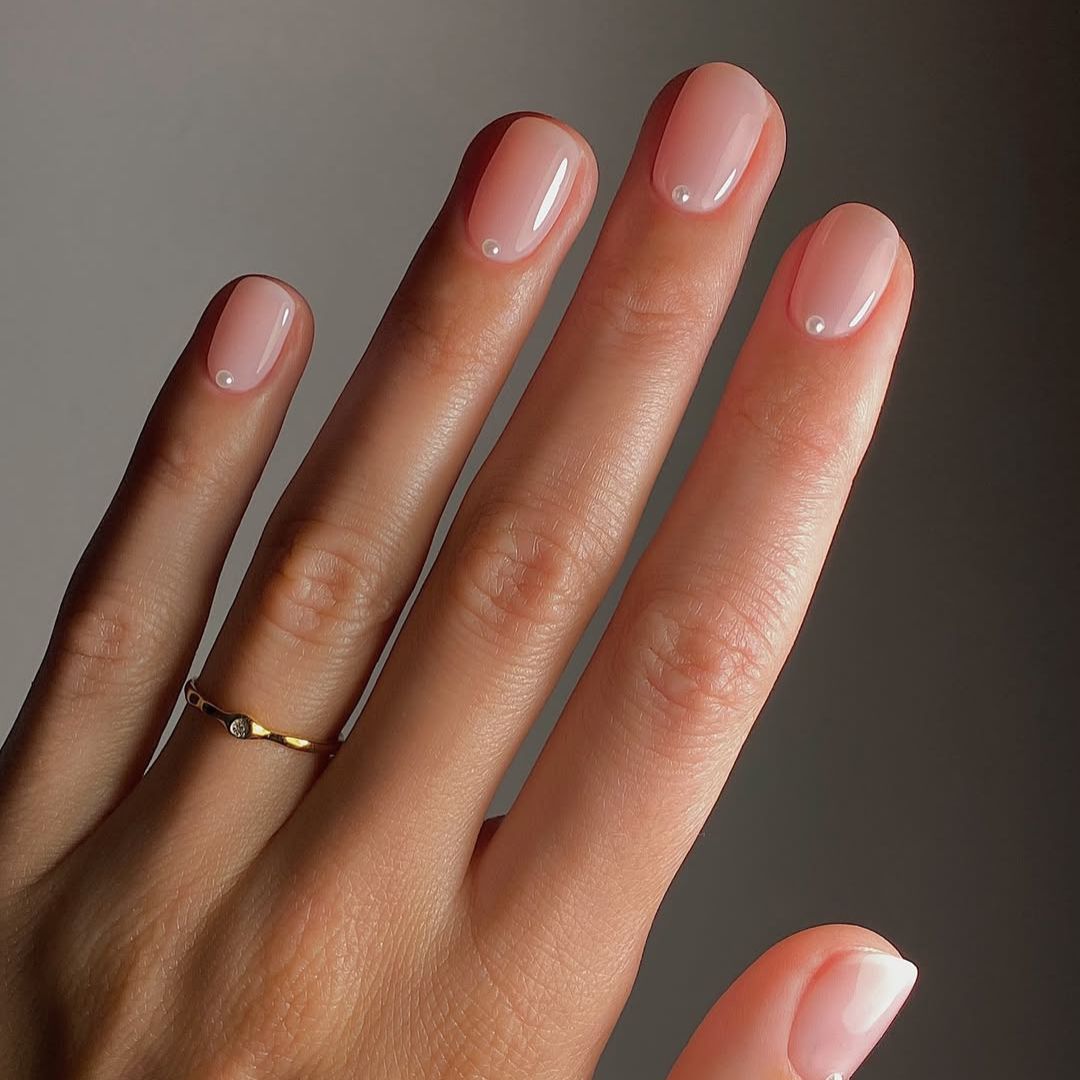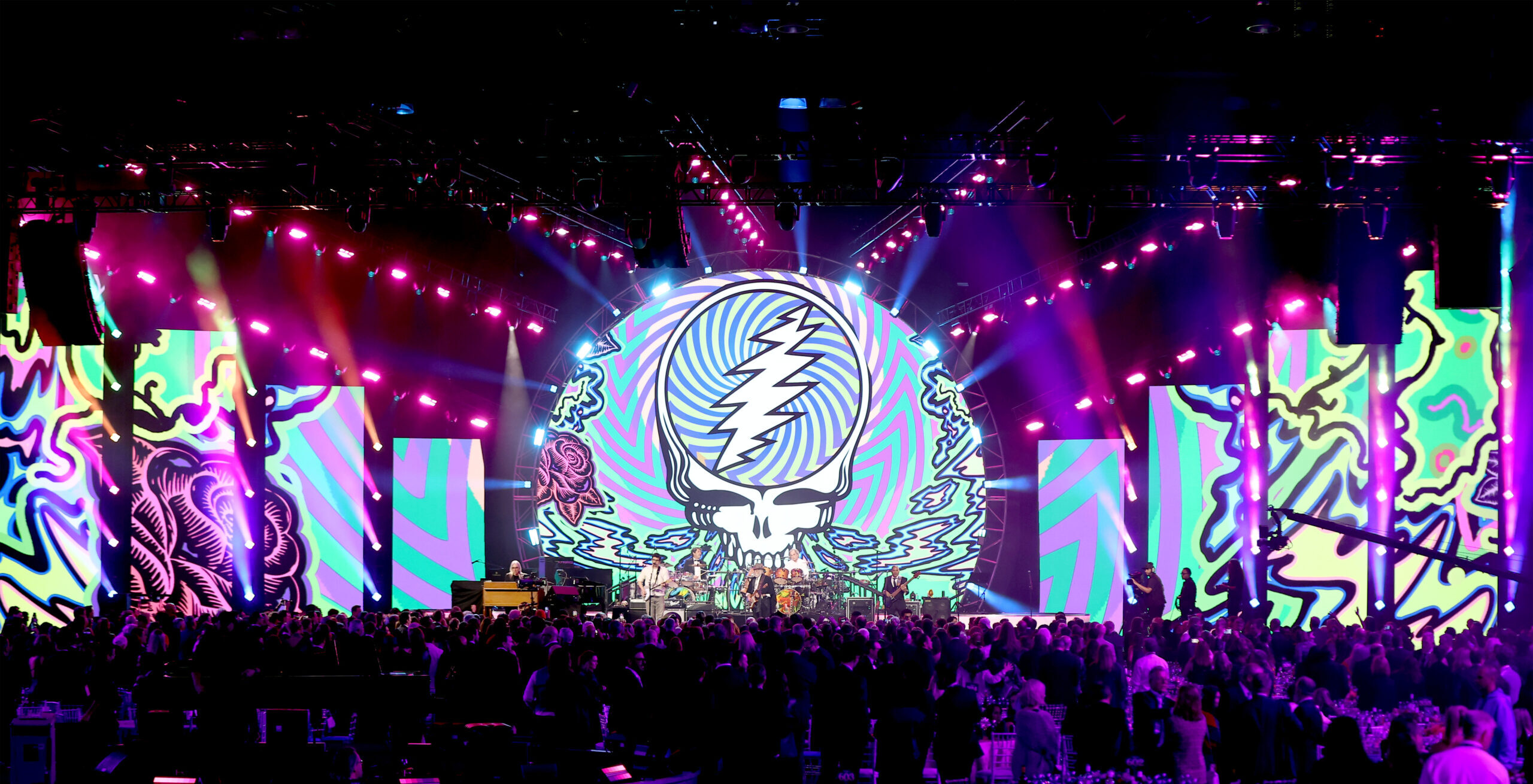The Language of the Digital Soul: Creating Sensory Experiences with Code and Smart Data
Introduction The fusion of technology and human experience has evolved to create digital environments that feel, react, and adapt to our needs. Through intelligent data processing, IoT integration, and intuitive UI/UX design, we can program experiences that go beyond functionality—evoking emotions, improving well-being, and even responding to physical sensations. This article explores how code, AI, and machine learning contribute to enhancing sensory experiences, covering applications in beauty, wellness, pet care, and online engagement through SEO and blog optimization. The Digital Touch: Creating Textures and Responsive Surfaces In modern spa treatments and facials, technology has introduced new ways to improve skin health. Devices powered by AI and smart sensors can analyze skin texture, hydration levels, and responsiveness to treatments. These innovations allow for the personalization of skincare routines, adjusting products and techniques based on real-time data. One of the most advanced applications in Exfoliation is the use of microdermabrasion devices that adjust intensity based on the user’s skin condition. Using IoT sensors, these devices collect data on pressure, moisture, and movement to optimize exfoliation techniques. class ExfoliationDevice: def __init__(self, pressure, moisture): self.pressure = pressure self.moisture = moisture def adjust_intensity(self): if self.moisture 70: return "Lower pressure for safer exfoliation" else: return "Optimal exfoliation setting applied" # Example usage skin_sensor = ExfoliationDevice(pressure=65, moisture=40) print(skin_sensor.adjust_intensity()) By integrating real-time feedback loops, exfoliation devices can adapt to different skin needs, ensuring optimal results while preventing overuse. Precision in Care: Enhancing Beauty Treatments with Microtechnology In the realm of aesthetic advancements, tools like micro-needling devices are being refined with smart sensors to enhance skin penetration and collagen stimulation. The use of Needles in facial treatments can now be optimized using machine learning algorithms that detect skin thickness and elasticity, automatically adjusting penetration depth to maximize effectiveness while reducing discomfort. Enhancing Stimulation and Longevity With advancements in AI-driven beauty treatments, modern skincare solutions focus on deep tissue Stimulating Anti-aging techniques. These methods use vibration therapy, infrared light, and electrical pulses to revitalize skin and promote cell regeneration. By integrating data analysis, we can create a program that recommends personalized anti-aging routines based on skin type and environmental factors: def anti_aging_routine(age, skin_type, pollution_level): if age > 40 and skin_type == "dry": return "Recommended: Hydration serum + infrared therapy" elif pollution_level > 70: return "Recommended: Antioxidant mask + detox massage" else: return "Recommended: Collagen-boosting LED therapy" print(anti_aging_routine(45, "dry", 80)) Data-Driven Creativity: AI in Visual Experiences The rise of AI-powered design tools has transformed Visual Production, allowing for intelligent content creation that adapts to user preferences. From personalized spa branding to interactive blog visuals, AI-generated images and videos can dynamically enhance user engagement. Web-based applications now use neural networks to generate dynamic, real-time visuals that adapt based on user interaction, personalizing the browsing experience. IoT in Pet Care: Comfort and Monitoring Technology is also shaping how we care for our pets, integrating smart devices into grooming, feeding, and wellness tracking. AI-driven cameras, automated feeders, and real-time monitoring systems allow pet owners to ensure their pets’ well-being at all times. A great example of this is an AI-powered Furry pet grooming assistant that learns about a pet’s coat texture and adjusts brushing intensity accordingly. class PetGroomingAI: def __init__(self, coat_type, sensitivity): self.coat_type = coat_type self.sensitivity = sensitivity def adjust_grooming(self): if self.coat_type == "long" and self.sensitivity > 50: return "Use gentle brushing mode" elif self.coat_type == "short": return "Standard brushing intensity applied" else: return "Increased brushing for thick coat" # Example usage pet_groomer = PetGroomingAI("long", 60) print(pet_groomer.adjust_grooming()) By using IoT-integrated grooming tools, pets receive personalized care, reducing stress and improving overall hygiene. Strengthening Online Presence: The Role of SEO and Data Optimization SEO remains a critical factor in online visibility. Implementing Internal

Introduction
The fusion of technology and human experience has evolved to create digital environments that feel, react, and adapt to our needs. Through intelligent data processing, IoT integration, and intuitive UI/UX design, we can program experiences that go beyond functionality—evoking emotions, improving well-being, and even responding to physical sensations.
This article explores how code, AI, and machine learning contribute to enhancing sensory experiences, covering applications in beauty, wellness, pet care, and online engagement through SEO and blog optimization.
The Digital Touch: Creating Textures and Responsive Surfaces
In modern spa treatments and facials, technology has introduced new ways to improve skin health. Devices powered by AI and smart sensors can analyze skin texture, hydration levels, and responsiveness to treatments. These innovations allow for the personalization of skincare routines, adjusting products and techniques based on real-time data.
One of the most advanced applications in Exfoliation is the use of microdermabrasion devices that adjust intensity based on the user’s skin condition. Using IoT sensors, these devices collect data on pressure, moisture, and movement to optimize exfoliation techniques.
class ExfoliationDevice:
def __init__(self, pressure, moisture):
self.pressure = pressure
self.moisture = moisture
def adjust_intensity(self):
if self.moisture < 30:
return "Reduce intensity to avoid irritation"
elif self.pressure > 70:
return "Lower pressure for safer exfoliation"
else:
return "Optimal exfoliation setting applied"
# Example usage
skin_sensor = ExfoliationDevice(pressure=65, moisture=40)
print(skin_sensor.adjust_intensity())
By integrating real-time feedback loops, exfoliation devices can adapt to different skin needs, ensuring optimal results while preventing overuse.
Precision in Care: Enhancing Beauty Treatments with Microtechnology
In the realm of aesthetic advancements, tools like micro-needling devices are being refined with smart sensors to enhance skin penetration and collagen stimulation. The use of Needles in facial treatments can now be optimized using machine learning algorithms that detect skin thickness and elasticity, automatically adjusting penetration depth to maximize effectiveness while reducing discomfort.
Enhancing Stimulation and Longevity
With advancements in AI-driven beauty treatments, modern skincare solutions focus on deep tissue Stimulating Anti-aging techniques. These methods use vibration therapy, infrared light, and electrical pulses to revitalize skin and promote cell regeneration.
By integrating data analysis, we can create a program that recommends personalized anti-aging routines based on skin type and environmental factors:
def anti_aging_routine(age, skin_type, pollution_level):
if age > 40 and skin_type == "dry":
return "Recommended: Hydration serum + infrared therapy"
elif pollution_level > 70:
return "Recommended: Antioxidant mask + detox massage"
else:
return "Recommended: Collagen-boosting LED therapy"
print(anti_aging_routine(45, "dry", 80))
Data-Driven Creativity: AI in Visual Experiences
The rise of AI-powered design tools has transformed Visual Production, allowing for intelligent content creation that adapts to user preferences.
From personalized spa branding to interactive blog visuals, AI-generated images and videos can dynamically enhance user engagement. Web-based applications now use neural networks to generate dynamic, real-time visuals that adapt based on user interaction, personalizing the browsing experience.
IoT in Pet Care: Comfort and Monitoring
Technology is also shaping how we care for our pets, integrating smart devices into grooming, feeding, and wellness tracking. AI-driven cameras, automated feeders, and real-time monitoring systems allow pet owners to ensure their pets’ well-being at all times.
A great example of this is an AI-powered Furry pet grooming assistant that learns about a pet’s coat texture and adjusts brushing intensity accordingly.
class PetGroomingAI:
def __init__(self, coat_type, sensitivity):
self.coat_type = coat_type
self.sensitivity = sensitivity
def adjust_grooming(self):
if self.coat_type == "long" and self.sensitivity > 50:
return "Use gentle brushing mode"
elif self.coat_type == "short":
return "Standard brushing intensity applied"
else:
return "Increased brushing for thick coat"
# Example usage
pet_groomer = PetGroomingAI("long", 60)
print(pet_groomer.adjust_grooming())
By using IoT-integrated grooming tools, pets receive personalized care, reducing stress and improving overall hygiene.
Strengthening Online Presence: The Role of SEO and Data Optimization
SEO remains a critical factor in online visibility. Implementing Internal Links within blog content improves navigation, reduces bounce rates, and enhances user engagement. AI-powered content management systems analyze keyword placement, link structure, and readability to refine articles for search engines.
A simple algorithm for automating internal linking in a content management system:
def insert_internal_links(article_text, keywords, links):
for keyword, link in zip(keywords, links):
article_text = article_text.replace(keyword, f'"{link}">{keyword}')
return article_text
text = "Discover the benefits of facial treatments and pet wellness."
keywords = ["facial treatments", "pet wellness"]
links = ["/facials", "/pet-care"]
print(insert_internal_links(text, keywords, links))
Local Optimization: AI-Driven Geo-Targeting for Spas and Pet Services
Optimización local plays a key role in ensuring that spas, pet grooming services, and online businesses reach their intended audiences. AI-powered geo-targeting strategies analyze search behavior, adapting content dynamically based on a user’s location.
One way to optimize local searches is through automated Google My Business updates, ensuring relevant information is displayed to potential customers.
def update_local_listing(business_name, location, rating):
return f"{business_name} in {location} now has a {rating}-star rating! Check us out."
print(update_local_listing("Luxury Spa & Pet Care", "Chicago", 4.8))
Conclusion
By combining technology, data intelligence, and emotional design, we can elevate sensory experiences in beauty, wellness, and pet care industries. From exfoliation devices that adjust intensity, to pet grooming tools that adapt to fur texture, and SEO strategies that optimize local reach, smart programming opens the door to a world where digital and physical well-being align.
As we refine our ability to integrate AI, IoT, and code into human-centered applications, we step closer to an era where technology is not just functional but intuitively connected to the senses and emotions of its users.










![From freeCodeCamp to CTO with Robotics Engineer Peggy Wang [Podcast #159]](https://cdn.hashnode.com/res/hashnode/image/upload/v1738967132406/6ab8c7bb-397a-42b3-bb91-ff9c4842ead0.png?#)































































